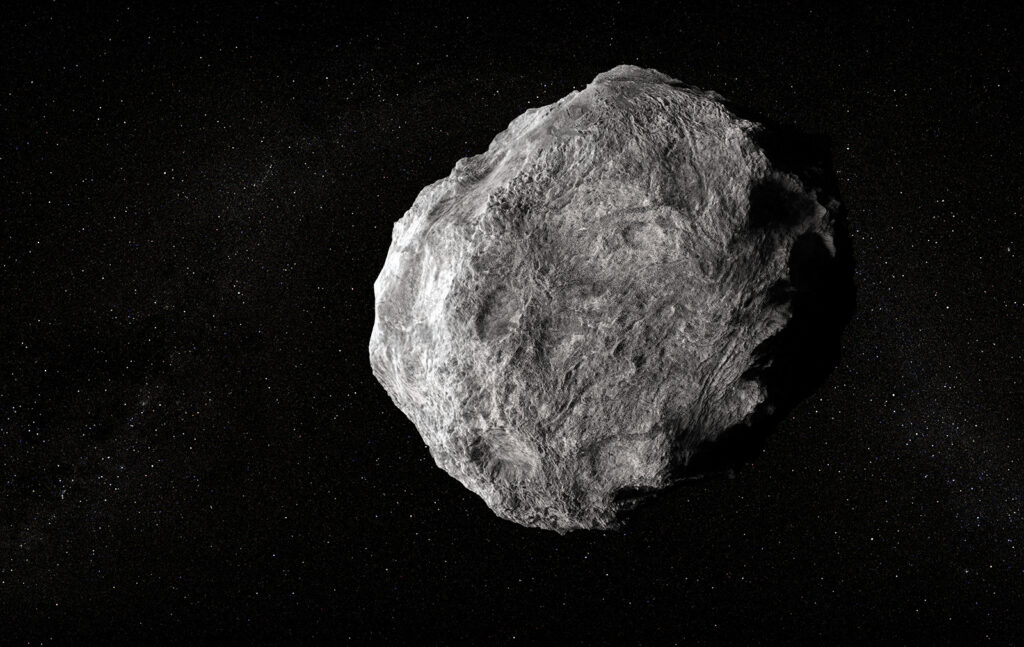A large asteroid-comet hybrid that orbits between Neptune and Jupiter is an intriguing oddball as far as cosmic rocks go. Chiron, as the strange centaur is called, is what astronomers call a minor body. Based on observations by the James Webb Space Telescope, it has a mixture of ice and gases that could teach us more about the birth of our solar system.
That is, of course, quite an intriguing possibility. Chiron is just one of a thousand centaurs that we currently know of. Many of them are believed to have originated out beyond the frozen realm of Neptune. However, they would have later moved into the solar system following gravitational resonances with their orbits and Neptune.
But how exactly does this asteroid-comet hybrid tell us more about the birth of the solar system? Well, according to new observations made by the James Webb Space Telescope, Chiron appears to have a composition of surface ices that are unlike any astronomers have found on any other centaur thus far.
None of the ices are “unusual,” per se. However, the combination of ices and gases found together on Chiron is what makes everything so intriguing. Further, the fact that, despite never climbing above -220 degrees Fahrenheit (-140 degrees Celsius), the ices on Chiron actually sublimate.
What this means, is that the sun’s radiation causes some interesting chemical reactions when it interacts with the ices found on the asteroid-comet hybrid, spurring on the production of organic byproducts like ethane, propane, and various carbon dioxide.
Researchers say that discovering which of these gases is actually part of the object’s coma will help them learn more about the chemical and physical properties of the rock, as well as the thickness and porosity of the ice layer and how the irradiation is affecting it.
All of this is made even more important because centaurs like Chiron—trans-Neptunian objects in general, actually—are believed to be “pristine.” This means they haven’t changed since they formed 4.5 billion years ago. As such, this asteroid-comet hybrid could hold clues to how the solar system formed.
Of course, learning more about that is going to take some time. Chiron is a long way away from us, and while its orbit will bring it just inside the orbit of Saturn, it won’t get that close for another 20 years. Luckily, it will continue to get brighter and more active as it gets closer to the sun, giving astronomers more opportunities to observe it.


